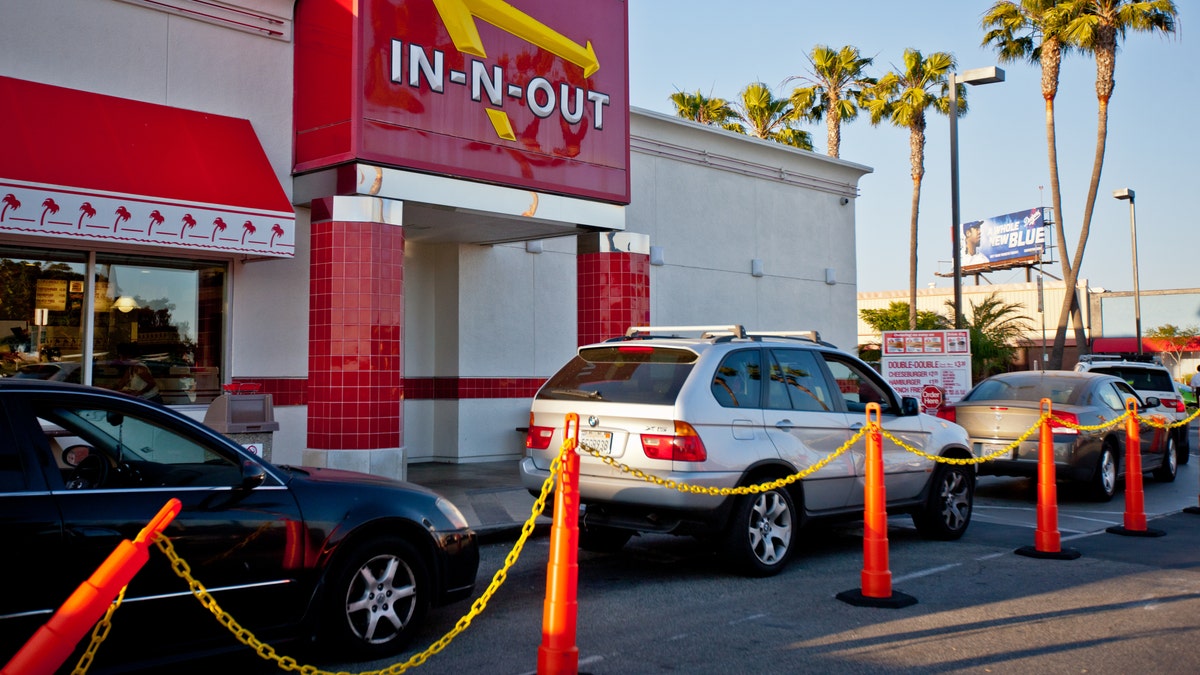
California Fast-Food Industry Grapples with Job Losses, Price Hikes Following Minimum Wage Increase
A recent study is shedding light on the potential consequences of California’s decision to raise the minimum wage for fast-food workers to $20 per hour. The research, conducted by the Berkeley Research Group, indicates a significant decline in employment within the sector, coupled with a substantial increase in prices for consumers. The findings have sparked debate and raised concerns about the overall impact of the policy on the state’s economy.
The study, which examined data from the Bureau of Labor Statistics, revealed a loss of approximately 10,700 fast-food jobs between June 2023 and June 2024. This contraction in the workforce raises questions about the intended benefits of the minimum wage increase, which was initially touted as a means to improve the financial well-being of low-wage workers.
Furthermore, the research highlighted a notable increase in prices at fast-food establishments following the implementation of the new minimum wage law. The study found that prices soared by 14.5%, suggesting that businesses are passing on the increased labor costs to consumers. This price hike could disproportionately affect lower-income individuals and families who rely on affordable fast-food options.
The Berkeley Research Group study also noted that California fast-food restaurants are increasingly adopting automation and technology to mitigate the impact of rising labor costs. This trend could lead to further job displacement as companies seek to replace human workers with machines in an effort to maintain profitability. The decline in the number of employees per restaurant, as observed in the study, further supports this notion.
The study’s findings have been met with mixed reactions. Some argue that the job losses and price increases are an inevitable consequence of raising the minimum wage, while others maintain that the benefits of the policy outweigh the drawbacks. However, the study’s authors caution that the negative impacts of the minimum wage increase could potentially outweigh the intended benefits for workers.
The report emphasized that the combination of job eliminations and reductions in work hours could leave workers earning less income overall, despite the higher hourly wage. It illustrated this point with an example, stating that even if no jobs are eliminated, a 20% reduction in hours worked would effectively negate the financial gains from the 25% hourly wage increase, leaving workers with the same or even less total income.
Chef Andrew Gruel, a California-based restaurateur, expressed his concerns about the potential consequences of the minimum wage increase months before its implementation. He stated that he foresaw negative impacts on the service industry and suggested that businesses would need to adapt to the new economic realities.
Gruel offered advice to businesses struggling to cope with the minimum wage requirement, suggesting strategies such as reducing menu size, outsourcing kitchen labor, and utilizing artificial intelligence for back-office management. These measures reflect the challenges that businesses face in navigating the increased labor costs.
The minimum wage for workers in California was $16 before the $20 minimum wage for fast-food workers became law in April 2024. Governor Gavin Newsom had previously stated that the increase would help workers earn more as the cost of living rises, but the recent study raises questions about whether the policy is achieving its intended goals.
The California Fast Food Council may consider increasing the minimum wage to $20.70. This further increase would potentially exacerbate the challenges faced by fast-food businesses and could lead to further job losses and price increases.
The findings of the Berkeley Research Group study underscore the complex and multifaceted nature of minimum wage policies. While proponents argue that such policies can improve the living standards of low-wage workers, critics contend that they can have unintended consequences, such as job losses, price increases, and reduced economic activity.
The debate surrounding California’s minimum wage increase highlights the need for careful consideration of the potential impacts of such policies on both businesses and workers. Policymakers must weigh the potential benefits of raising the minimum wage against the potential risks of job losses and price increases.
The California experience may serve as a cautionary tale for other states and municipalities considering similar minimum wage policies. It underscores the importance of conducting thorough economic analysis and considering the potential unintended consequences before implementing such measures. The long-term effects of California’s minimum wage increase on the fast-food industry and the broader economy remain to be seen, but the early evidence suggests that the policy is having a significant impact on both businesses and workers.
The study’s findings, while highlighting potential negative consequences, are also subject to interpretation and further analysis. The economic landscape is complex, and various factors can influence employment and pricing trends within the fast-food industry. It is crucial to consider the study’s limitations and potential biases when evaluating its conclusions. The study was funded by Save Local Restaurants.
Ultimately, the debate surrounding California’s minimum wage increase underscores the ongoing tension between the desire to improve the financial well-being of low-wage workers and the need to maintain a healthy and competitive business environment. Finding the right balance between these competing goals requires careful consideration and a commitment to evidence-based policymaking.
